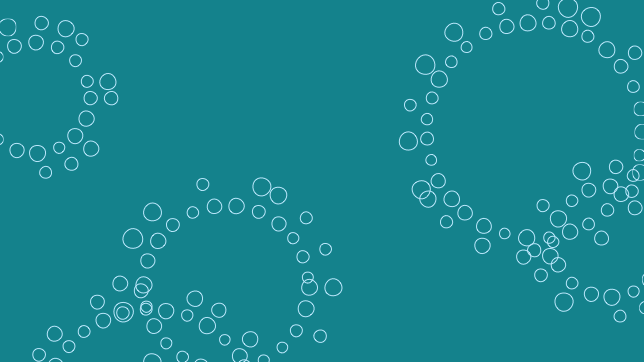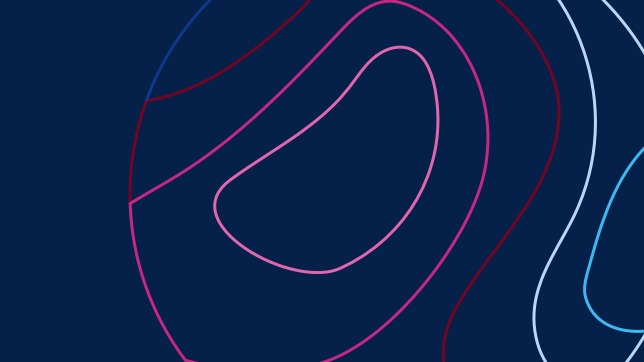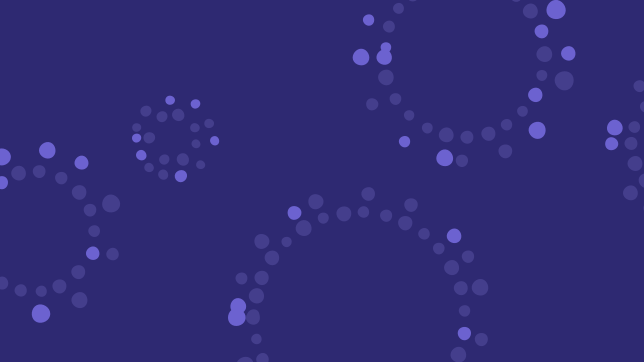A collaborative team of researchers from UC San Francisco's Department of Radiology and Biomedical Imaging, Center for Intelligent Imaging (ci2), and other departments, investigated data from gliomas using deep learning techniques.
The researchers, led by Jacob Ellison, a doctoral student in the joint University of California, Berkeley and University of California San Francisco bioengineering program and ci2 member, share their conclusions in "Improving the Generalizability of Deep Learning for T2-Lesion Segmentation of Gliomas in the Post-Treatment Setting," published in MDPI. Ellison is joined by a team of experienced ci2 members including Francesco Caliva, Pablo Damasceno, Julia Cluceru, Yan Li Valentina Pedoia, Javier Villanueva-Meyer and Janine Lupo, all of whom are authors of the study.
The authors retrospectively used 3D T2 FLAIR images from 429 patients with glioma to train and evaluate modified versions of variational autoencoder network (VAE) to predict manually annotated T2-hyperintense lesions from a single input image.
"This study sheds light on the dichotomy between typical training sets utilized and utility for clinical implementation, offers insight into effectively leveraging the widespread availability of pre-treatment data with smaller amounts of post-treatment data, and demonstrates the benefit of incorporating relatively simple but effective modifications to training strategies to tailor T2-lesion segmentation of gliomas to effectively monitor response to treatment," the authors write. "Overall, our model achieved a performance that was on par with results from similar deep learning-based studies of segmenting gliomas post-treatment."
The article's additional co-authors include Tracy Luks, Marisa LaFontaine and Anil Kemisetti of UC San Francisco's Department of Radiology and Biomedical Imaging and Annette Molinaro of UC San Francisco's Department of Neurological Surgery.
Read more about research and news at UCSF ci2.



